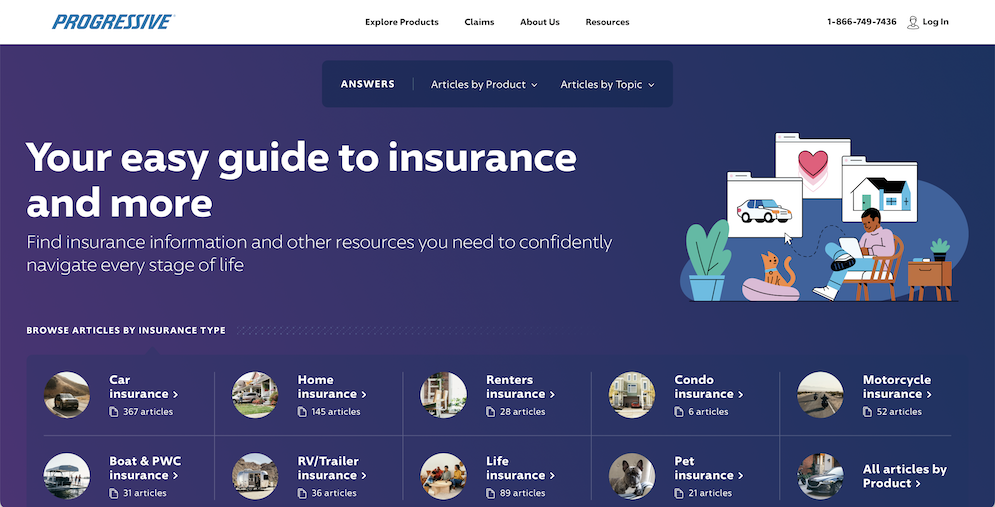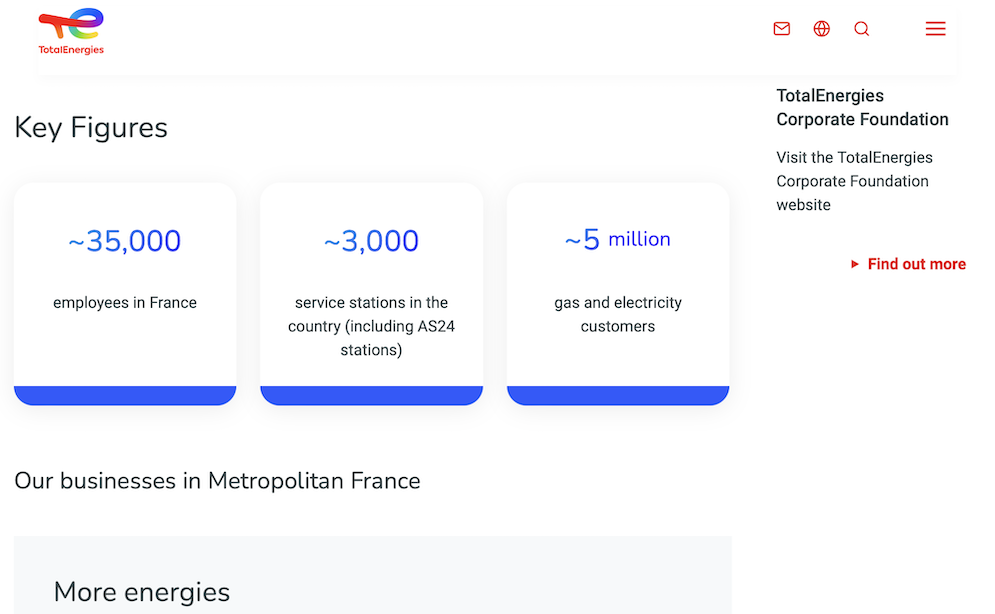Five ways to win at AI search (and not become obsolete)

AI search is changing the way information reaches people, and the implications for corporate digital communications are already profound.
This is one of the key themes in our latest Index Snapshot report, “Now is the time: A blueprint for the future of corporate digital communications”. At Bowen Craggs, we’ve spent the past few months thinking about the implications of AI on communications, and we’re learning a lot as we work with clients to help them make the most of this pivotal moment.
If you’re wondering how to protect visibility and stay in the conversation as the AI tsunami continues to rise, here are some tips.
1. Get the basics right. They matter more than ever
AI bots can’t see or hear. They rely on many of the same accessibility features that disabled humans do. Heading tags, alt tags, transcripts and straightforward navigation now have a big role in affecting whether bots will easily catalogue information – and whether people who use AI agents will see it, or won’t. Going back to basics is the first step in doing AI search well.
Where to start:
Use the schema.org Validator tool to check the quality of structured metadata on popular areas of your site, and improve as needed to give AI bots and crawlers a clear path.
2. Pack your channels with rich detail
The time for ruthless minimalism is over. AI bots and crawlers have an almost limitless appetite for detail and will serve up answers to literally any question they get about your company, whether you give them meaningful material to work with or not. Invest in long-form editorial, explainer videos and FAQs to position your website and social media channels as the “mothership of truth” on topics that matter to the company’s reputation or bottom line.
Where to start:
Create an FAQ page or section covering topics your stakeholders genuinely care about, using conversational language that AI agents can easily repurpose.

Progressive’s “Answers” repository is a good model, in this case focused on customer queries.
3. Be brave in addressing controversies
In a world where more and more people get their information from AI tools, “no comment” is no longer a viable strategy. If you don’t say something about a reputation crisis, rest assured that others (probably hostile) will, and AI will go with that. The solution is simple, if not exactly easy: dare to “go there” on criticisms and controversies on your channels. Don’t do it halfway. To be included in AI answers, you need to use the language critics are using, preferably right in the headline. “Does [Company name] practice child labour?” rather than a written-by-committee euphemism.
Where to start:
Check Wikipedia and Reddit for chatter about your company, and publish articles or FAQs that will serve as the definitive company statement on topics people are talking about.
4. Give humans reasons to visit – and linger
In all likelihood, significantly fewer people are visiting your websites now than were coming this time last year. But AI search agents do refer visitors to websites, and these visitors tend to be much more engaged and stay longer than people referred by conventional search. Giving them a reason to click is crucial. Once there, they will need well-structured navigation and layouts to help them quickly find their way around. Offer them interactive and multimedia experiences that they can’t get via AI tools.
Where to start:
Sharpen up headlines on key pages, so they will get noticed in AI search citations and “learn more” links menus, leading to clicks.
5. Don’t skimp on local information
If your country sites or pages are riddled with inconsistencies or simply restate global information without any localisation, the company’s authority in AI searches will be impacted. There are many new options for how to tame sprawling corporate digital estates, but one underlying rule should be: offer as much unique local information as you can, on the global site, on country sites, or both.
Where to start:
Create a locations overview on the global site and populate it with AI search-friendly facts about the company’s presence in key places.

TotalEnergies’ country overview pages are information rich and well-pitched for AI searches.
Download the 2025 Index Snapshot report for more insights and practical advice around how to move confidently forward as corporate digital communications enters a new epoch.
Further reading
Six ways to build smarter on-site AI search
Caterina Sorenti recaps key takeaways from our recent discussion on the implementation of on-site AI search
Optimising corporate social media for AI search
Caterina Sorenti explains how to optimise your corporate social media channels for the AI search age
On-site AI search: lessons from the pioneers
Caterina Sorenti shares four examples of companies using on-site AI search in smart, user-focused ways.